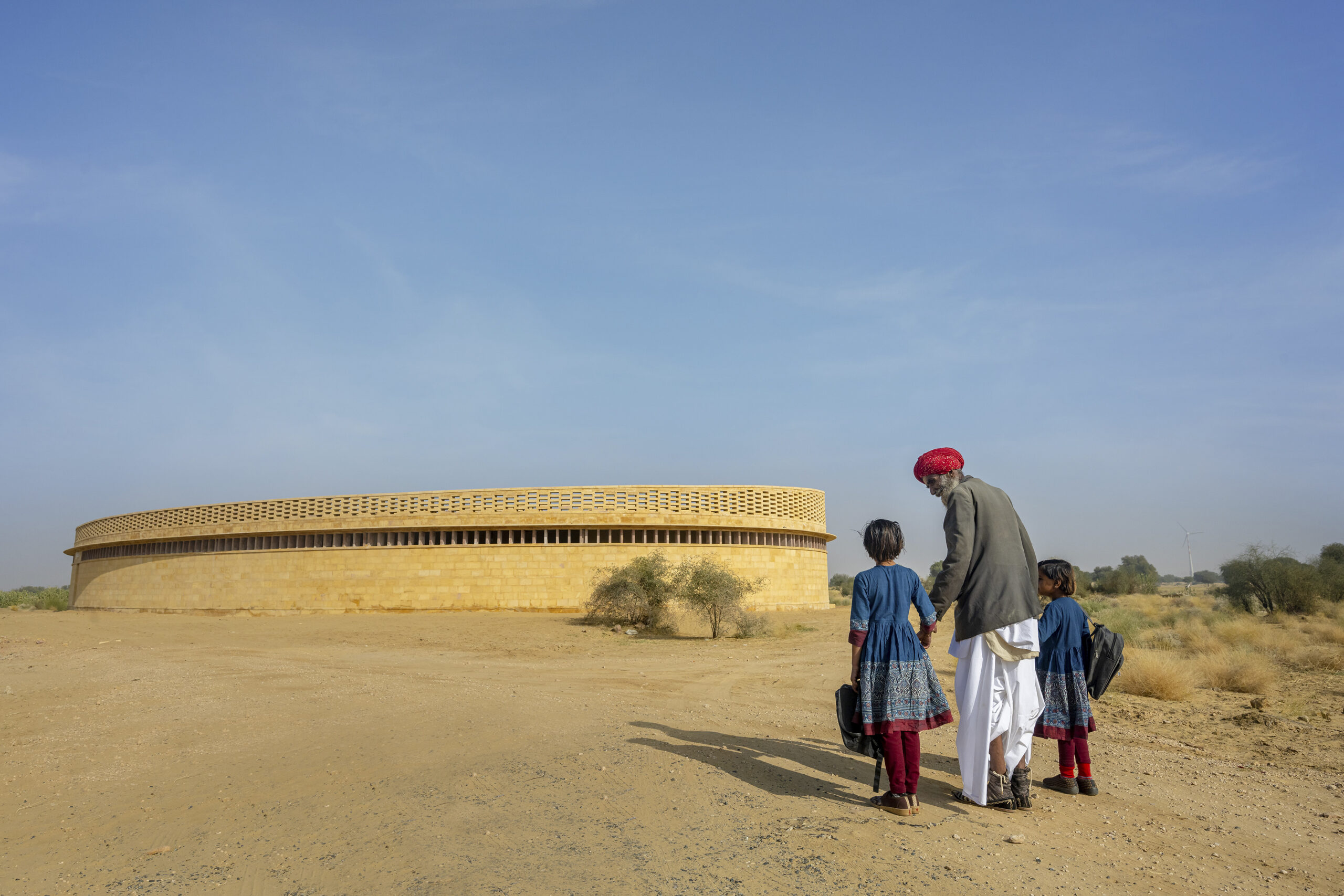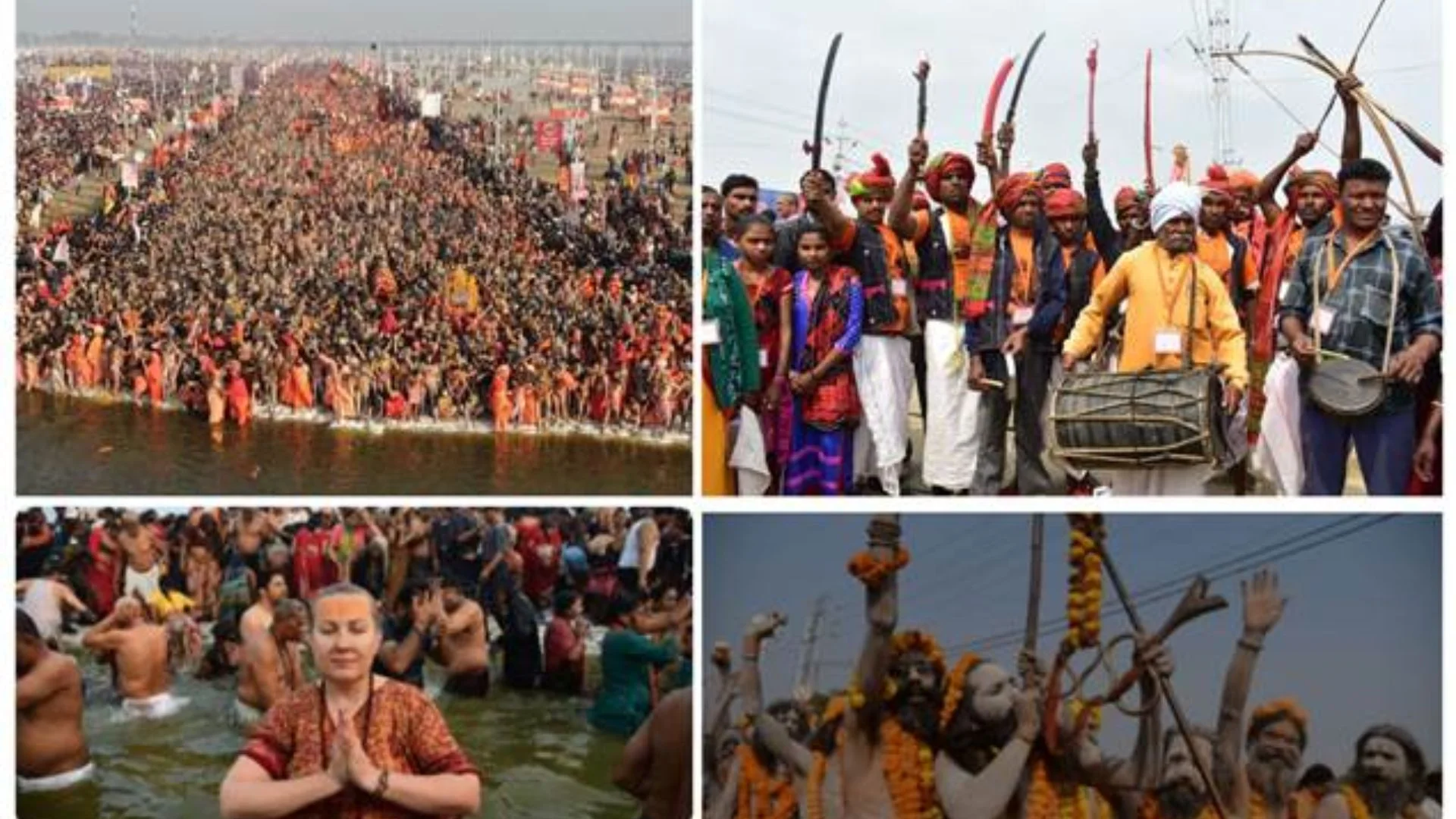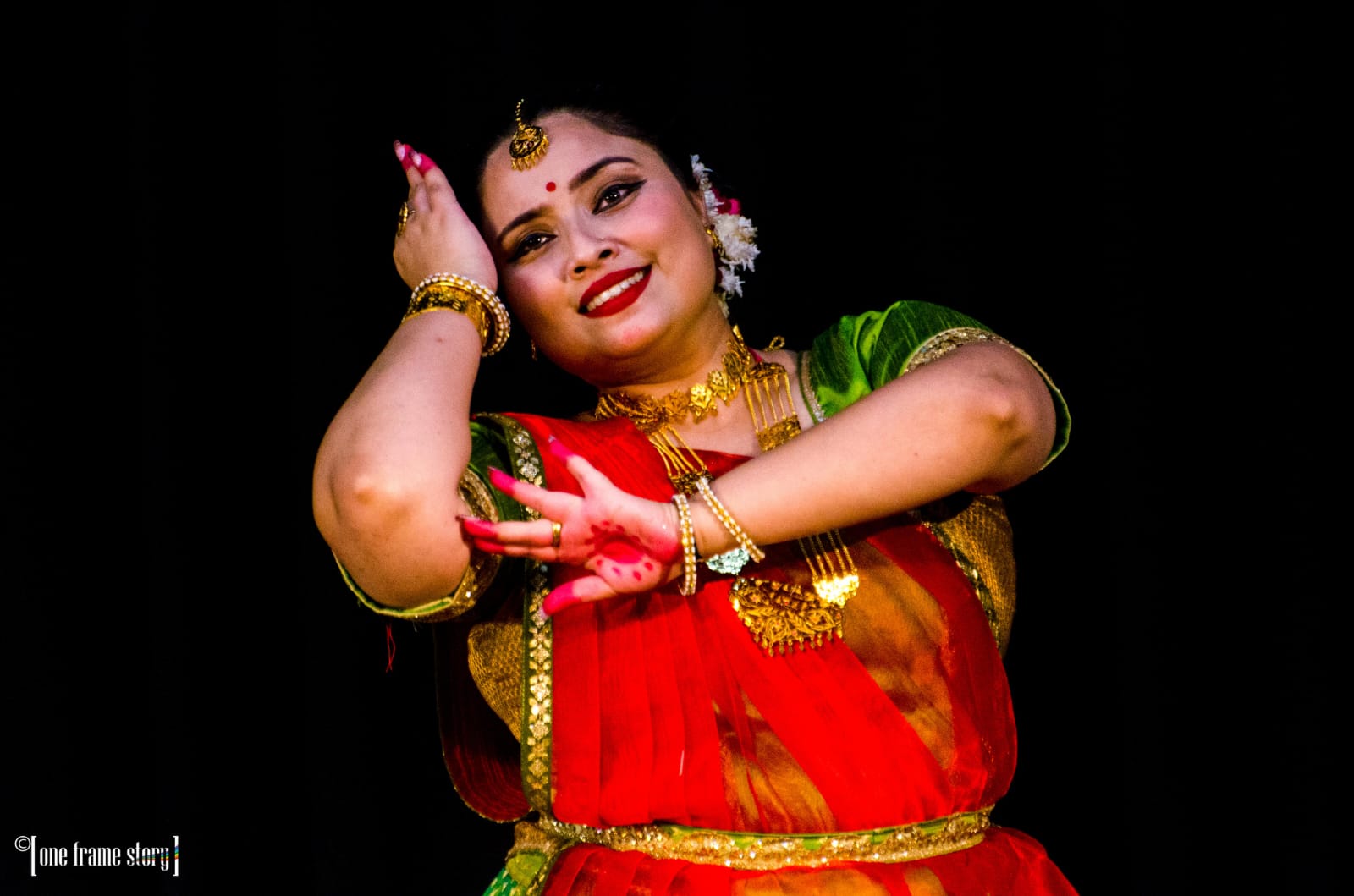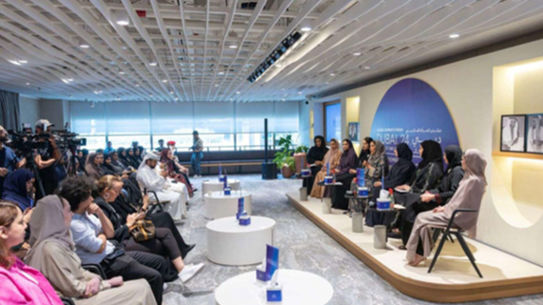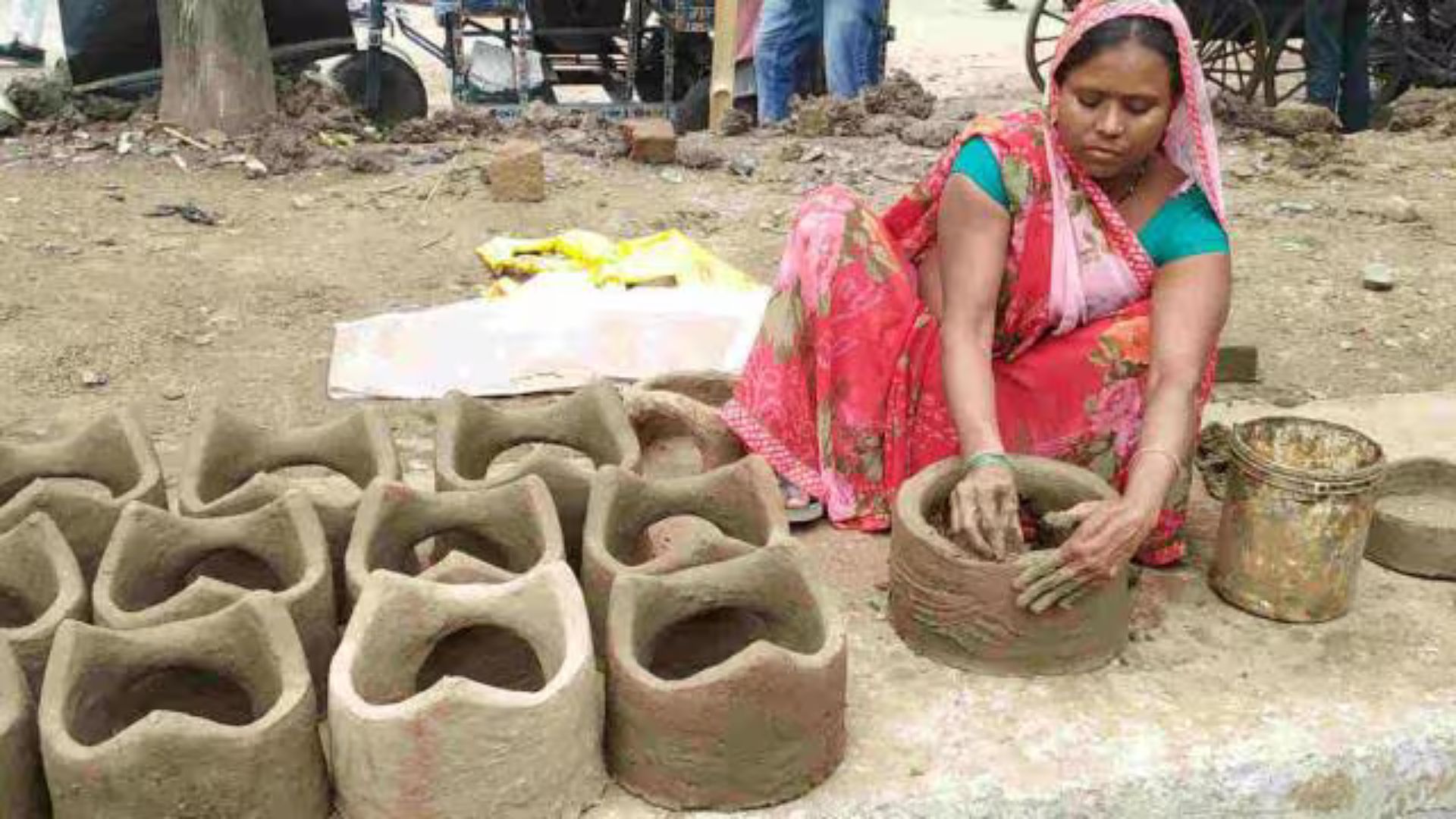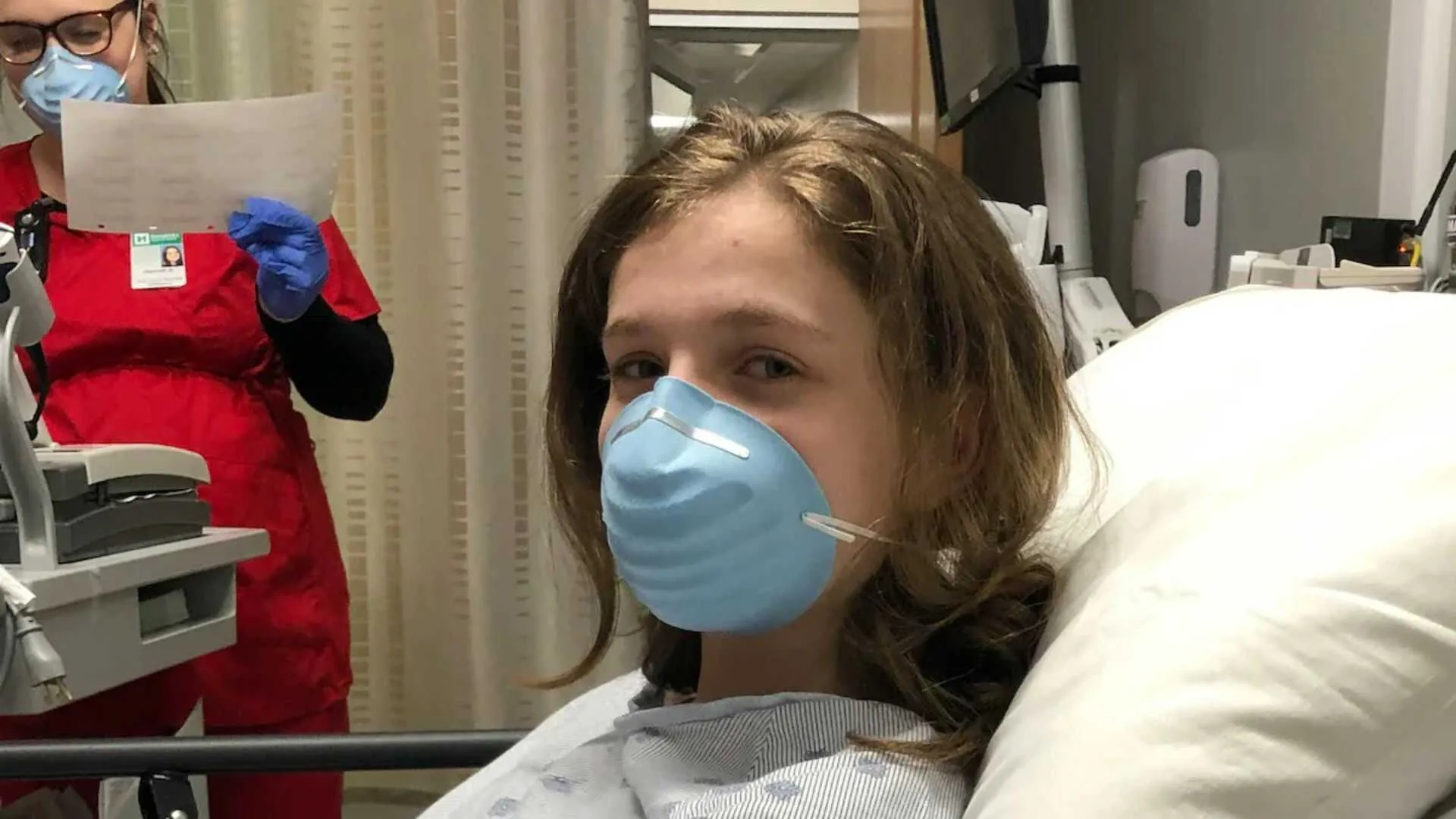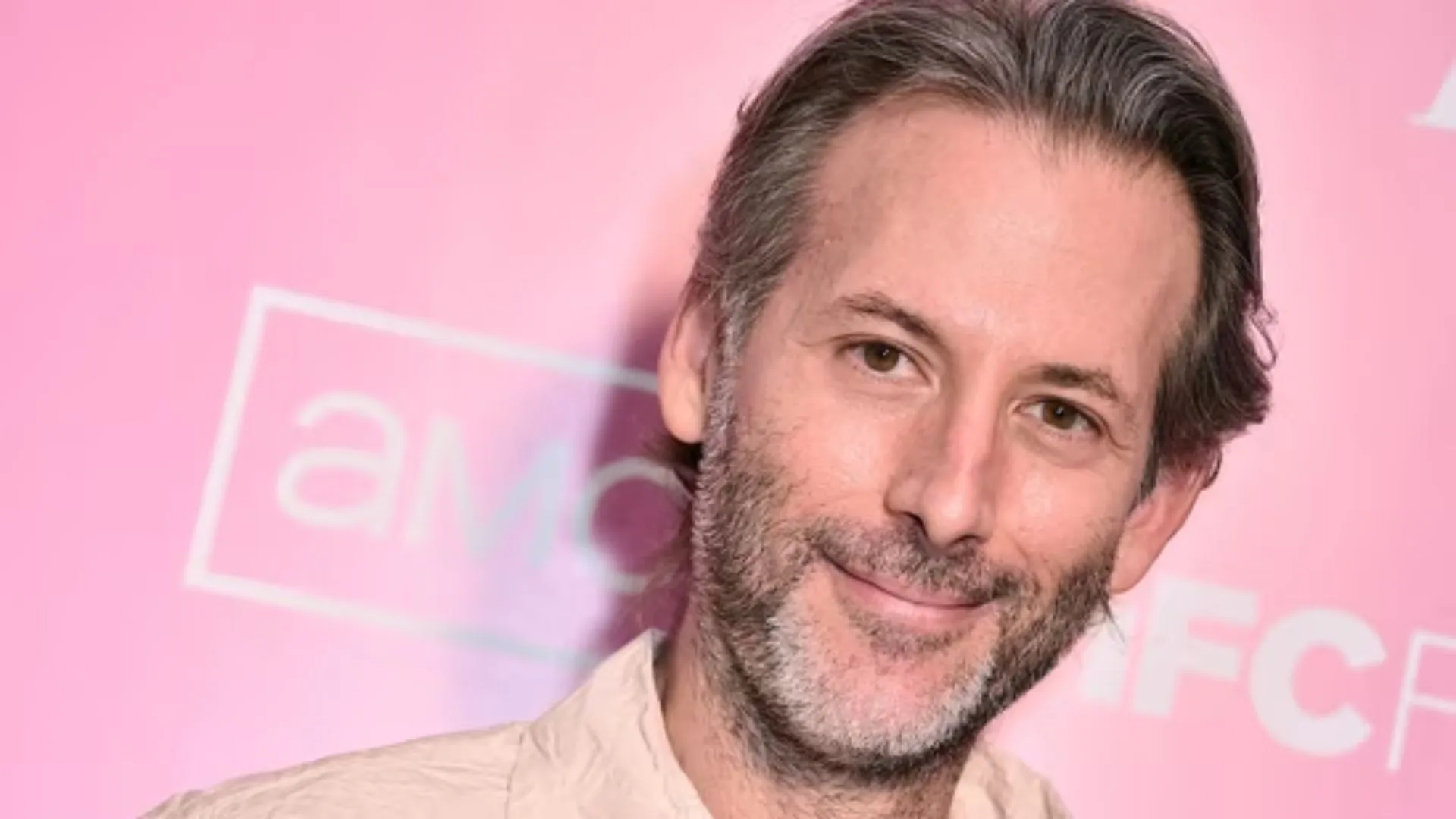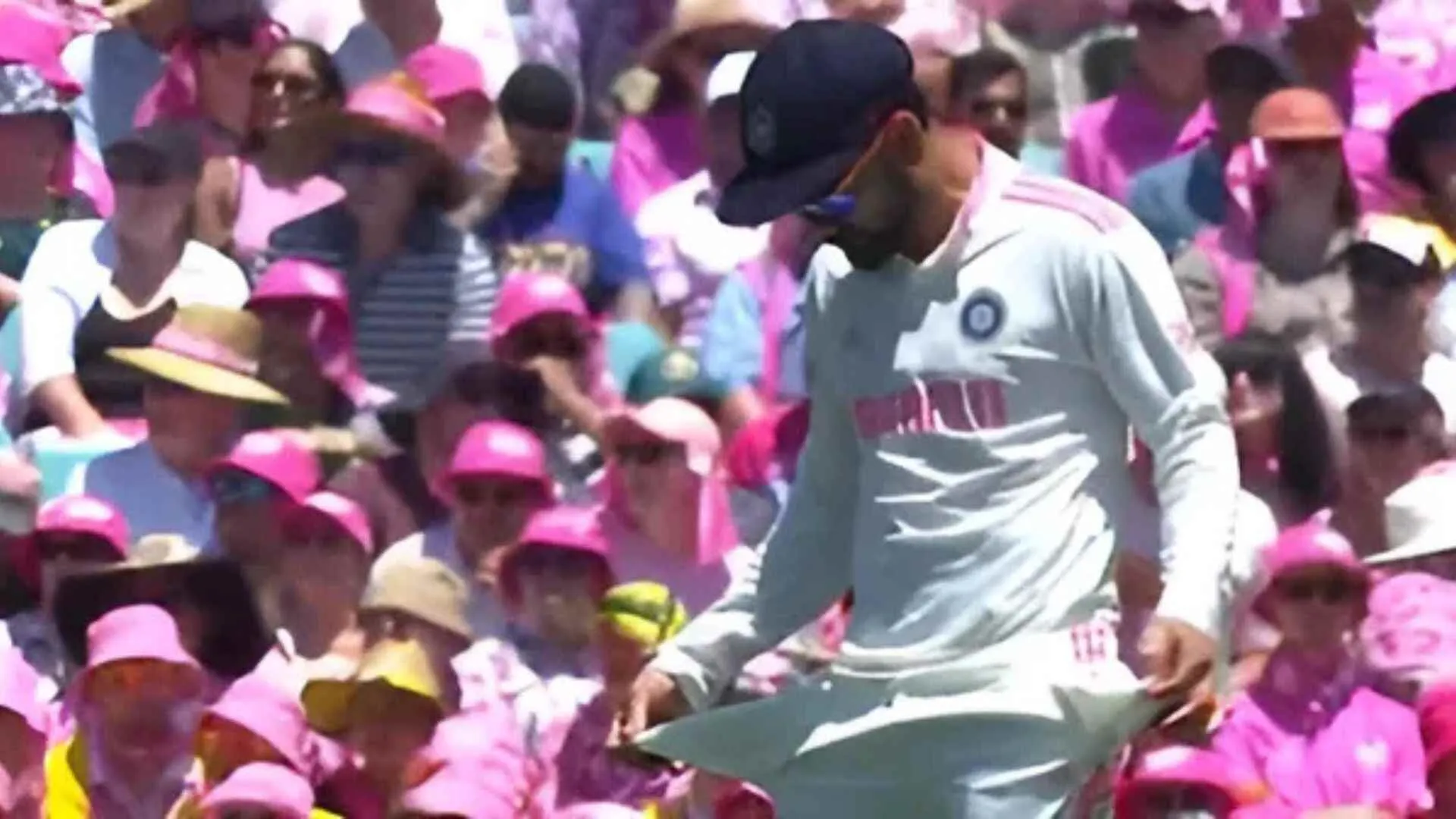Turning vision into reality often involves overcoming significant challenges, and the Rani Ratnavati Girls’ School in Jaisalmer, India, exemplifies such a journey. This project long conceptualized and now realized, continues to redefine education in a remote desert region and serves as an example of sustainable, innovative design. Documenting this journey has shown its significant impact, both locally and beyond.
Located in the Thar Desert, the school features sustainable architecture designed by Diana Kellogg, utilizing locally sourced stone and solar panels to withstand the harsh environment. It provides education to girls from families with limited access to schooling, offering them a chance to improve their lives and communities despite the challenges of early marriages and scarce educational opportunities in Jaisalmer.
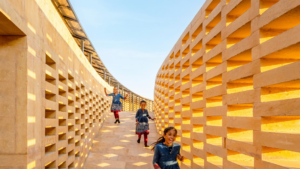
Rural Education
Documenting the school’s journey involved capturing authentic aspects of the students’ lives. Before filming, Michael Daube, founder of CITTA, and I visited students’ homes 40 kilometers away to understand their daily routines, including the 40-minute bus ride to school, all of which are depicted in the documentary. The film also delves into daily life at the school, showcasing its sustainable architecture and the students’ activities. Interviews with teachers provide insights into their daily routines and the experiences of the students. Our goal was to authentically capture these moments without influencing or directing the subjects.
Shooting, executing, and editing the documentary was a profound learning experience. It involved advanced techniques such as multiple camera setups, drone footage, and interviews with board members like Mickey Boardman and dedicated teachers. Local stone craftsman Kareem Khan contributed to the architectural beauty, adding cultural depth to the project. Each step offered deep insights into the local culture and the lives of people in this remote area.
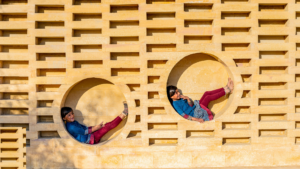
Rural Education
One of the main challenges was maintaining authenticity. Rather than directing the subjects, our approach was to document their daily lives as they naturally unfolded. This ensured that the documentary remained true to its purpose—capturing the genuine and unfiltered experiences of the students and their families.
The school has not only provided education but also created employment opportunities in the area, significantly impacting the local community. Beyond education, it empowers young female leaders and equips them with tools to enhance their futures.
While I previously worked on a short documentary about Drag Queens at Harvard School in 2019, this project was more comprehensive, involving advanced techniques and a richer narrative. It has been a touching experience, highlighting the transformative power of education and the need to extend opportunities to those who need them most.
The Rani Ratnavati Girls’ School stands as a testament to how innovative design and a commitment to education can drive lasting change. Documenting its journey has been inspiring, showcasing the power of education to transform lives and communities through dedication, innovation, and a clear vision.
The author is the creative director.

